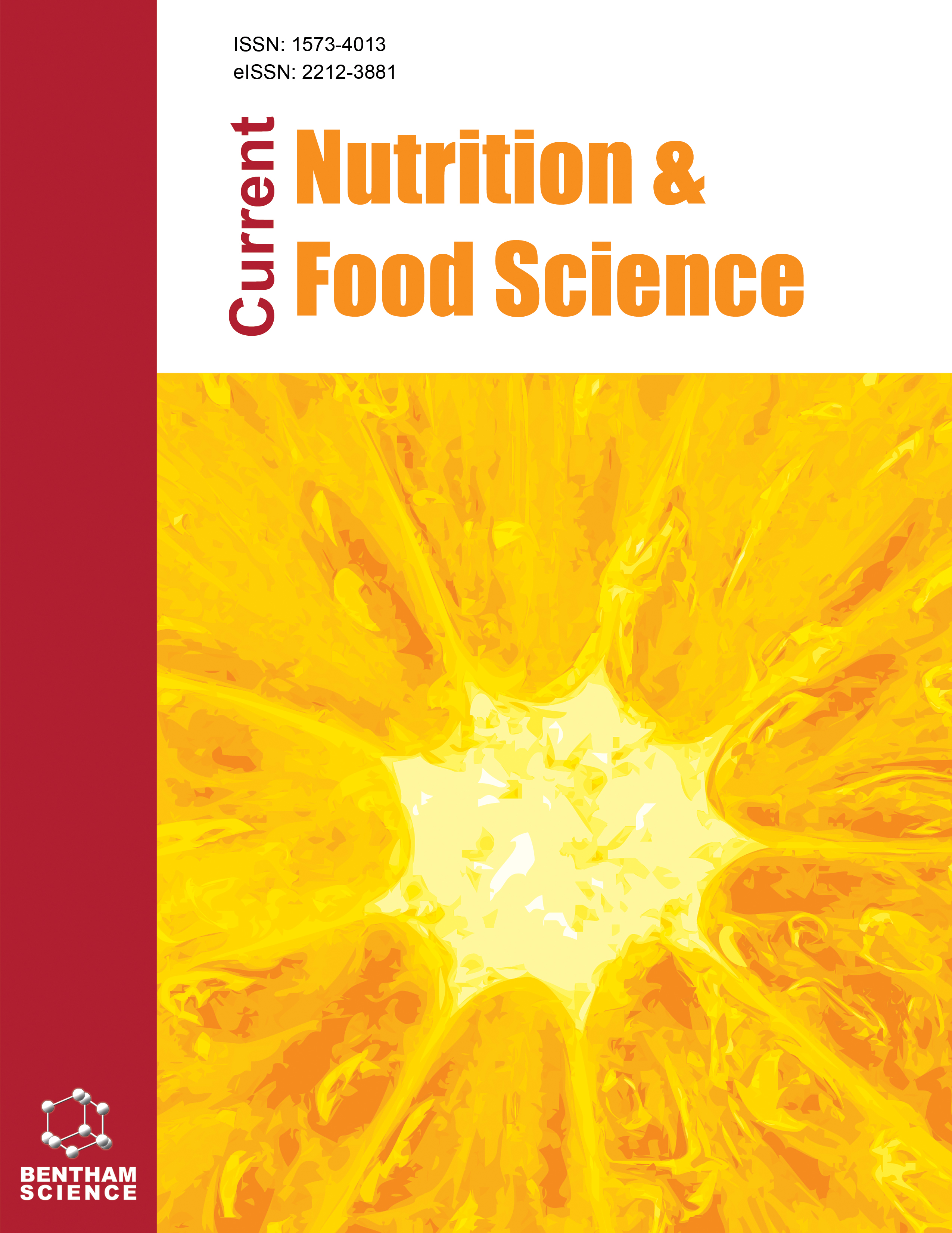
Full text loading...
We use cookies to track usage and preferences.I Understand
This research study presents a detailed physicochemical analysis and antioxidant activity of 15 bee pollen samples collected from different areas of Algeria.
A comprehensive range of analytical parameters, such as moisture content, sugar composition (fructose, glucose, and sucrose), ash, electrical conductivity, free acidity, and pH, were evaluated. Total flavonoid (TFC) and phenolic (TPC) contents, protein, and lipid contents were also determined. Additionally, antioxidant activity was assessed using two methods: DPPH radical scavenging activity and Ferric-Reducing Antioxidant Power (FRAP).
The results revealed higher values of pH, free acidity, and electrical conductivity, indicating potential variations in the physicochemical properties of bee pollen samples from different regions. Notably, the samples were further distinguished by high total phenolic content (26.23 mg GAE/g), flavonoid content (4.73 mg QE/g), and protein content (21.7%), along with a unique mineral composition. The analysis also demonstrated the highest total antioxidant capacity and a marked correlation with total phenolics.
This study highlights the influence of geographical factors on the physicochemical properties and antioxidant activity of Algerian bee pollen. Regional variations underscore the importance of considering geographical factors in evaluating bee pollen quality, nutritional value, and potential health benefits of Algerian bee pollen. This emphasizes their crucial role in functional foods and natural health products.
Understanding these variations provides valuable insights for optimizing the utilization of bee pollen in functional foods, dietary supplements, and pharmaceutical formulations. Further research into environmental factors influencing bee pollen's antioxidant properties could enhance our understanding of its therapeutic potential.

Article metrics loading...

Full text loading...
References


Data & Media loading...

